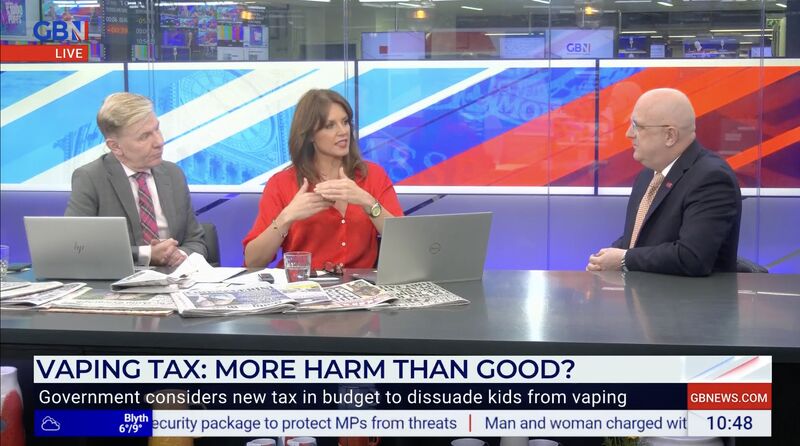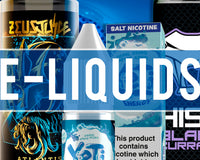A New Vape Tax to be Introduced by 2026
In a surprising development on March 6, 2024, Jeremy Hunt, the former health secretary and current political figure, announced a ground-breaking vaping tax. The move is aimed at addressing public health concerns associated with vaping while simultaneously generating revenue for healthcare initiatives. This bold decision has sparked a mix of reactions, with proponents praising the commitment to public health, while opponents argue that it may have unintended consequences. This article explores the key aspects of the announced vaping tax and its potential impact on both consumers and the vaping industry.
The Vaping Tax
Jeremy Hunt's vaping tax introduces a new regulatory framework for the sale and consumption of vaping products. The tax will be levied on a range of vaping products, including e-cigarettes, vape pens, and various e-liquids. The tax rates are expected to be progressive, with higher rates applied to products with higher nicotine concentrations. This strategic approach aims to discourage the use of high-nicotine products, especially among younger individuals, while also generating revenue for health-related initiatives.
Public Health Concerns
The decision to implement a vaping tax is rooted in growing concerns about the potential health risks associated with vaping. While vaping has often been promoted as a less harmful alternative to traditional smoking, recent studies have raised questions about its long-term impact on respiratory health and the potential for addiction, particularly among younger demographics. By introducing a tax, Jeremy Hunt aims to curtail the consumption of vaping products, especially those with high nicotine content, and ultimately reduce the potential health risks associated with their use.
Revenue Generation for Healthcare
One of the primary objectives of the vaping tax is to generate additional revenue for healthcare initiatives. With healthcare systems worldwide facing increasing financial pressures, the funds raised through the vaping tax will be directed towards supporting public health programs, anti-smoking campaigns, and initiatives to address addiction issues. This revenue-generating aspect of the tax is expected to contribute significantly to the overall improvement of public health infrastructure.
Consumer Impact
Consumers are likely to feel the immediate effects of the vaping tax, as the cost of vaping products is expected to rise. The progressive tax rates based on nicotine concentration may incentivize users to switch to lower-nicotine alternatives or consider quitting altogether. However, critics argue that the tax could disproportionately impact lower-income individuals who may be less able to absorb the increased costs. The success of the vaping tax will depend, in part, on how effectively it encourages healthier choices without unduly burdening certain segments of the population.
Industry Response
The vaping industry is expected to face challenges as a result of the announced tax. While some manufacturers may adapt by producing lower-nicotine products to attract price-conscious consumers, others may explore innovations to remain competitive in the evolving market. Additionally, advocacy groups within the vaping industry are likely to voice concerns about the potential impact on businesses and job losses within the sector.
This new vape tax levy somewhat puts a spanner in the works in regard to timing of the licencing proposal put forward by the UKVIA last week. Challenging times ahead for the vape industry as the government looks to clamp down on illicit trade and underage sales of vape products.

Conclusion
Jeremy Hunt's announcement of a vaping tax on March 6, 2024, reflects a proactive approach to addressing public health concerns associated with vaping while generating much-needed revenue for healthcare initiatives. The success of this bold move will hinge on effective implementation and the ability to strike a balance between discouraging harmful behaviour and minimizing unintended consequences. As the vaping industry adjusts to this new regulatory landscape, the impact on consumers, businesses, and public health will become clearer in the coming months and years.




